Elegant in its simplicity, the Rhodes 18 has many attributes that have made it a classic among the daysailing and weekend one-design racing classes. Similar in many ways to the Sparkman & Stephens Lightning Class boats I grew up sailing and racing on Long Island Sound, it is dynamic, lively, quick to accelerate, maneuverable, and sails magnificently.A soft chine and graceful longitudinal rocker contribute to the boat’s maneuverability and great turning characteristics. The outboard rudder, hung with a standard pintle-and-gudgeon arrangement on a transom that is flat and has slight reverse rake, allows the boat to carve tacks and jibes efficiently. A 5" skeg extends from the bottom of the transom and tapers forward 3' to ensure good tracking qualities. The graceful bow curve has a soup-spoon shape, which complements the hull form. By my observations, the transom is the only flat surface of the entire hull of the Rhodes 18. From stem to stern and along each station, the boat is as fair as a beach stone.The Rhodes is the perfect daysailer for up to five people, or it can be raced by a crew of three in one-design fleets. The cockpit is spacious, comfortable, and practically designed, with port and starboard longitudinal benches for comfortable seating for three on both sides of the cockpit. The cockpit coaming lies flush with the deck, which is a significant attribute when you and the crew are hiking out with legs extended over the edge of the cockpit and side decks. The cockpit is set back by about 10" to the inboard from each side, allowing for significant deck edge immersion, which helps to stave off swamping. The foredeck, which extends from the stem to just aft of the mast, provides a stable platform to pick up the mooring line, set an anchor, or tie off a dockline. From the afterdeck, which is equally ample, such necessary tasks as fastening the boom tent or tying off the tender can be completed.
Join The Conversation
We welcome your comments about this article. If you’d like to include a photo or a video with your comment, please email the file or link.
Comments (2)
Leave a Reply
Stay On Course


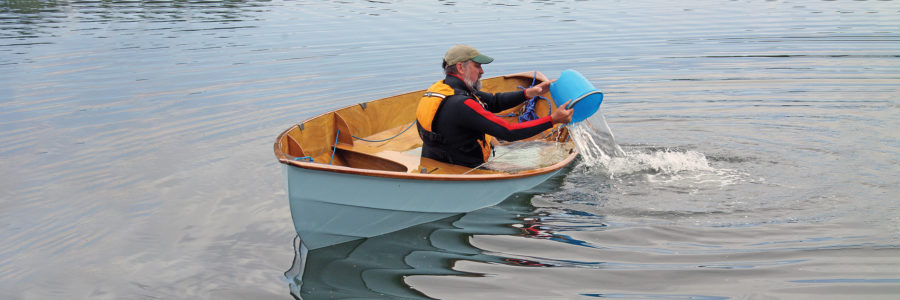
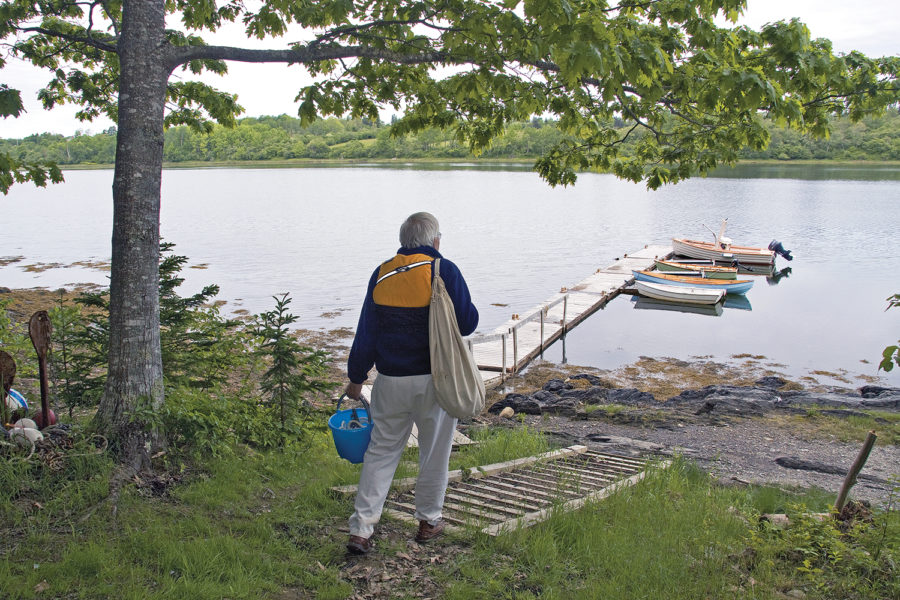
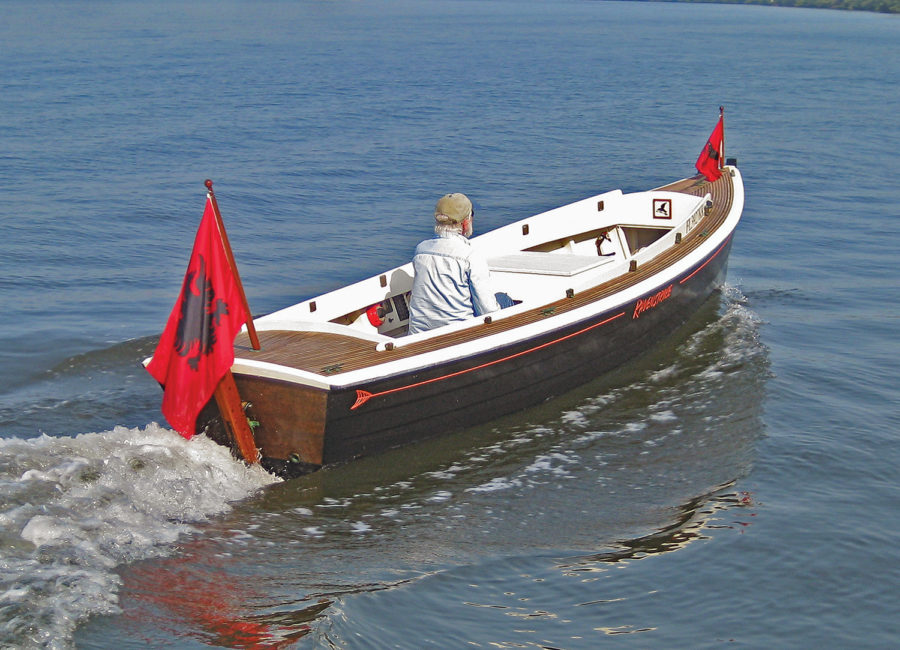
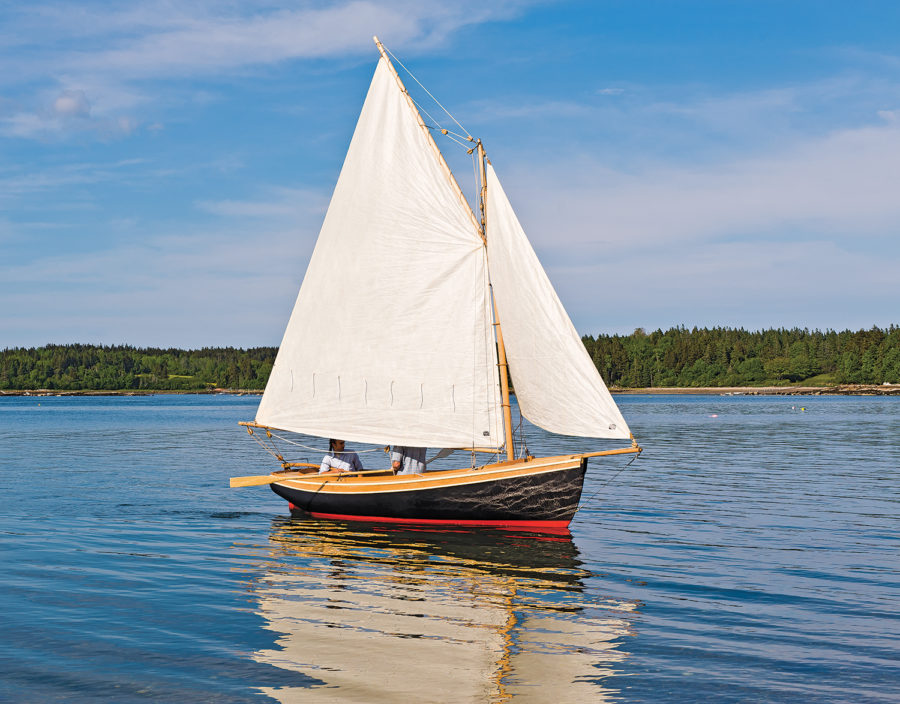
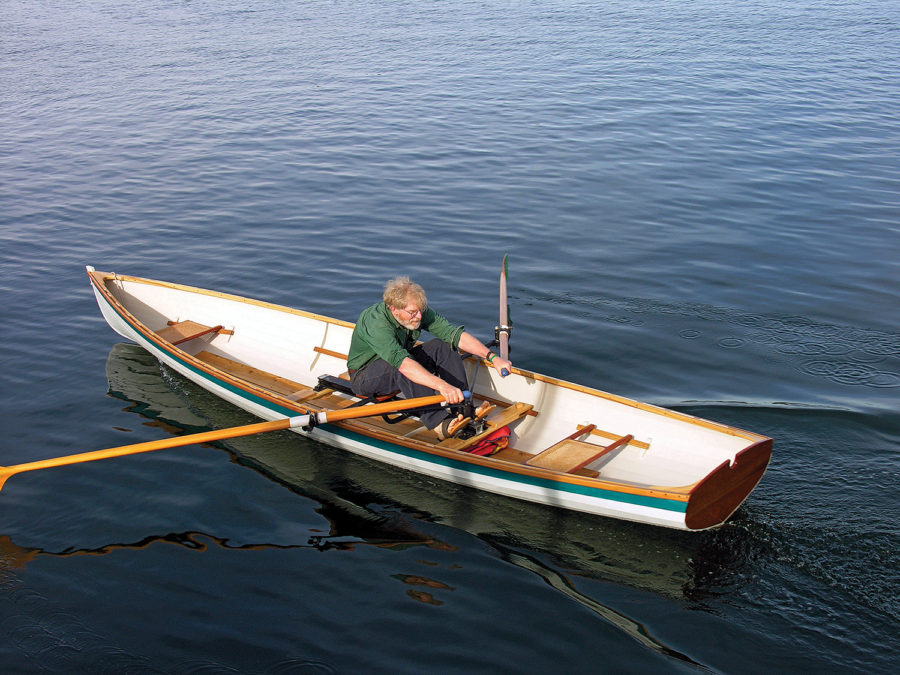
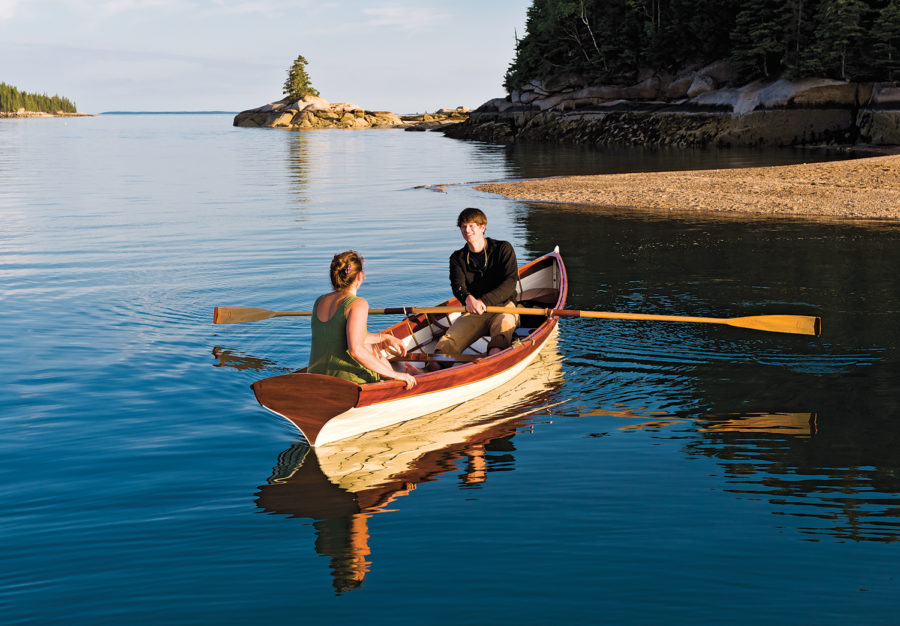
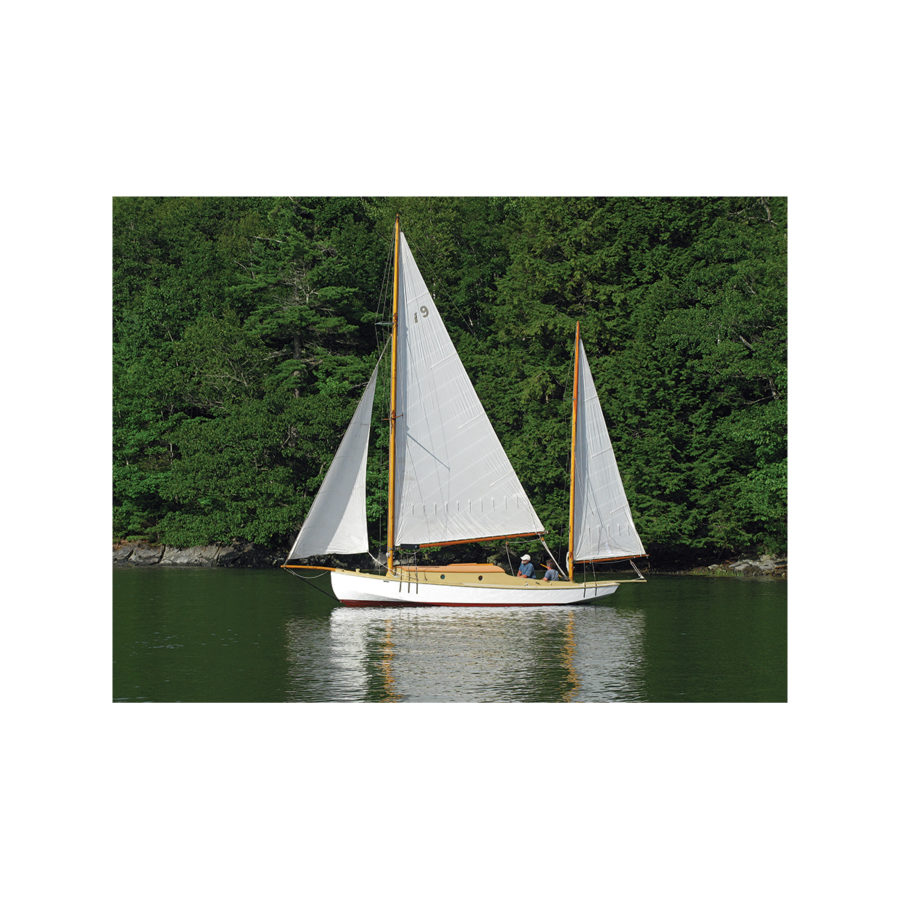
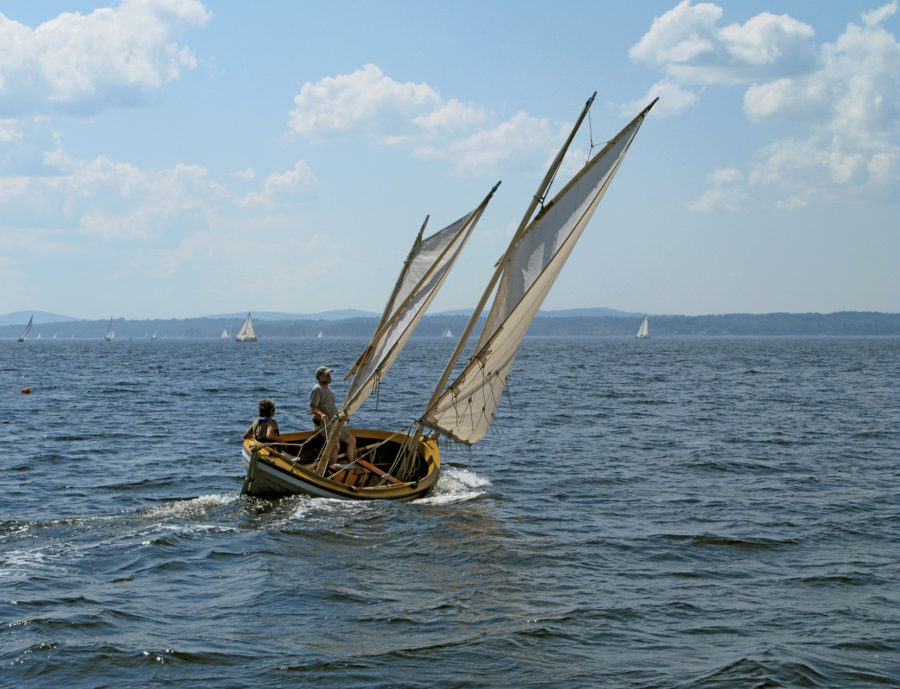
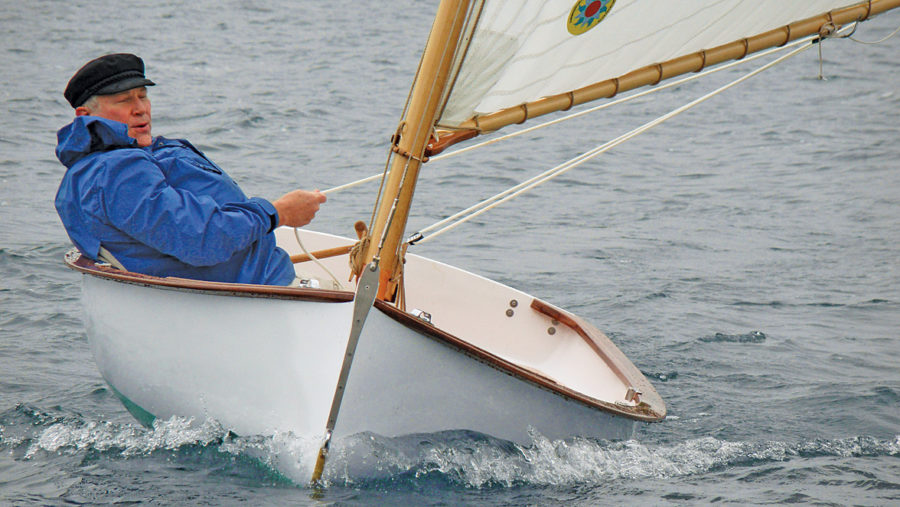
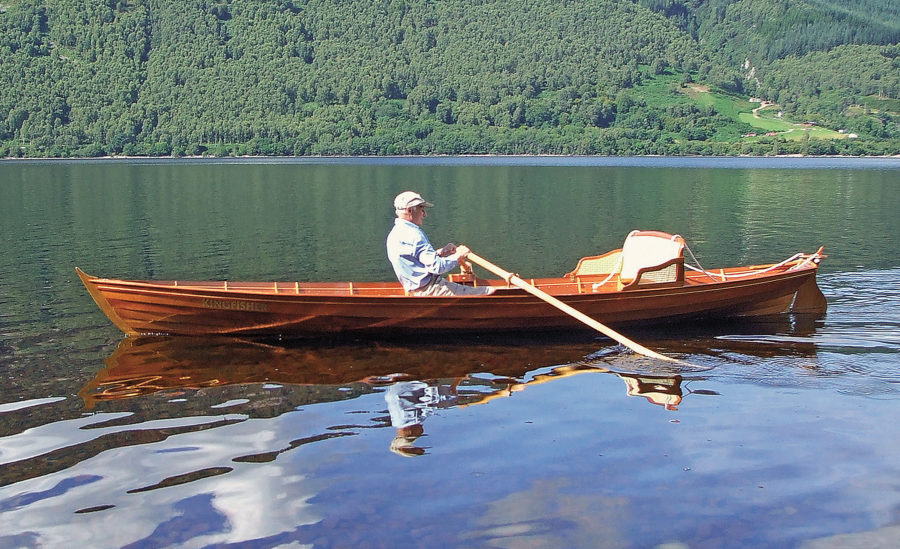
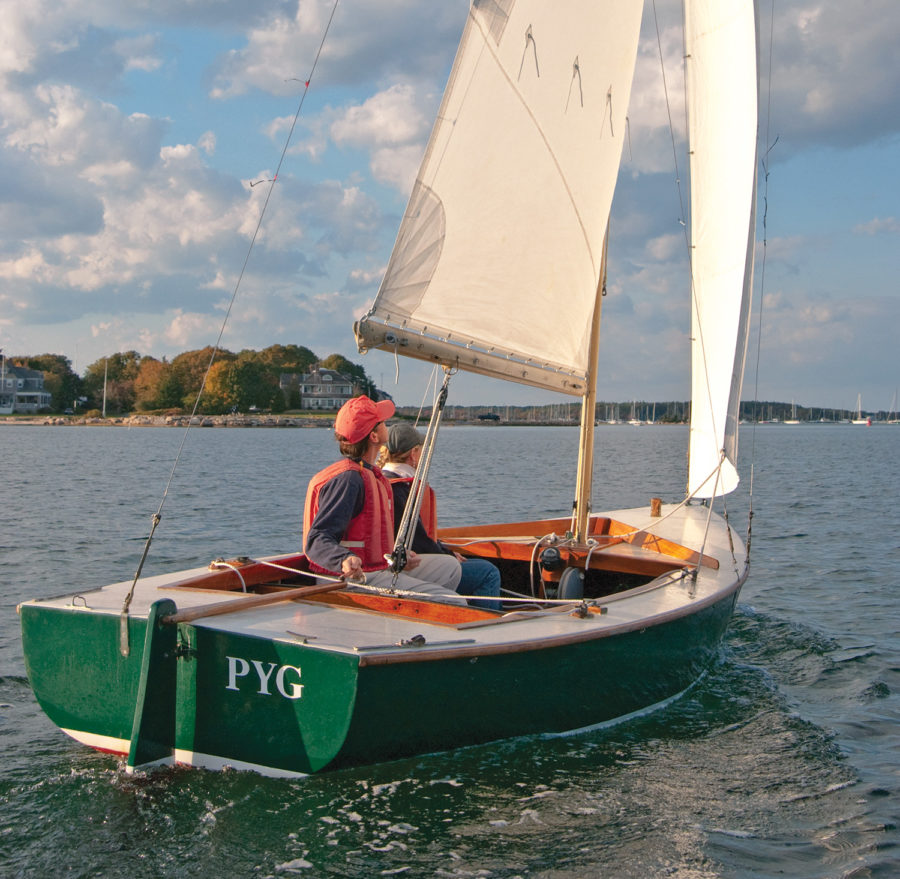
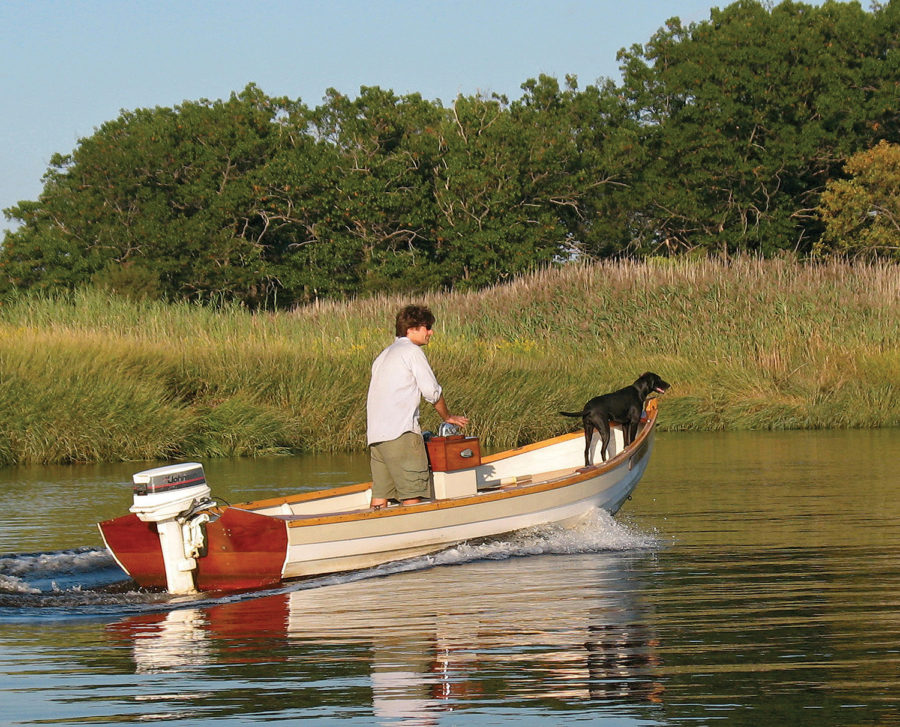
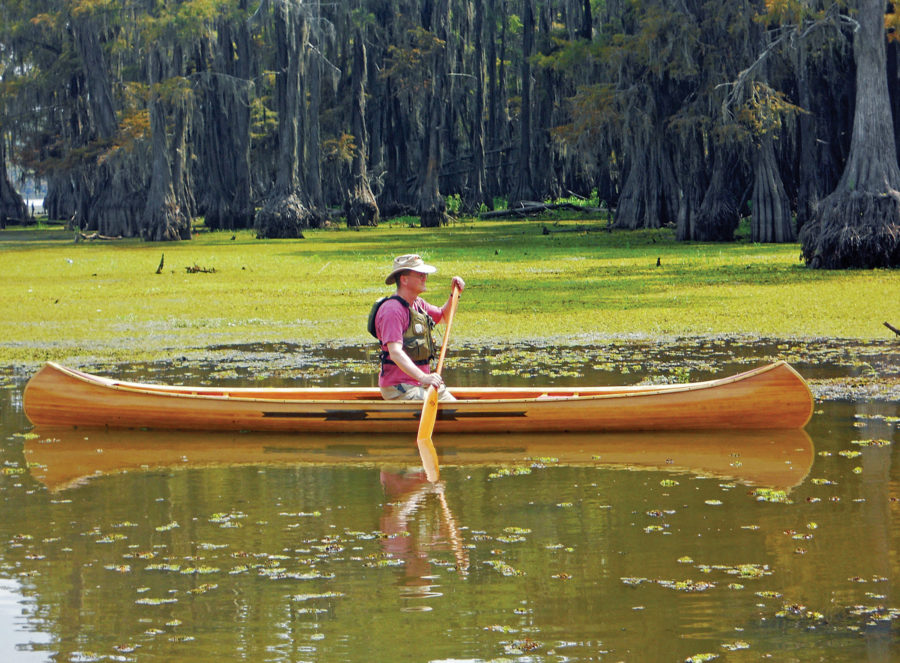
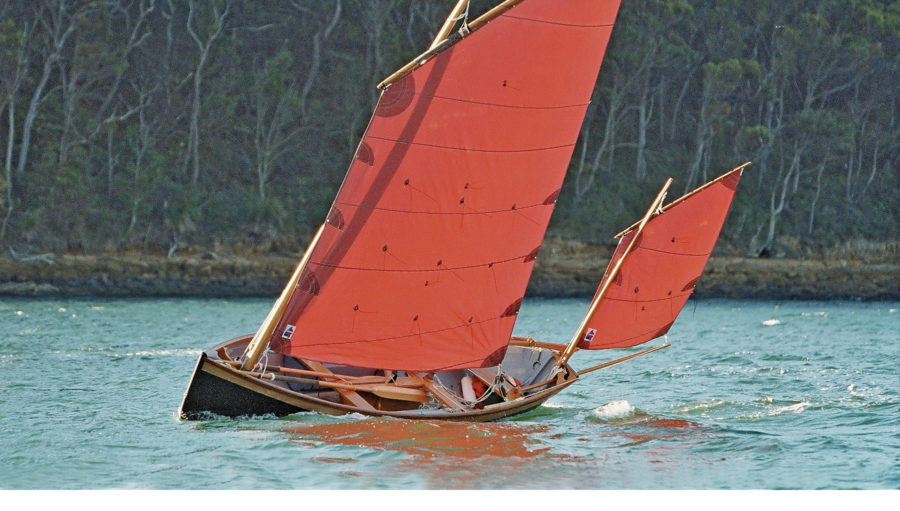
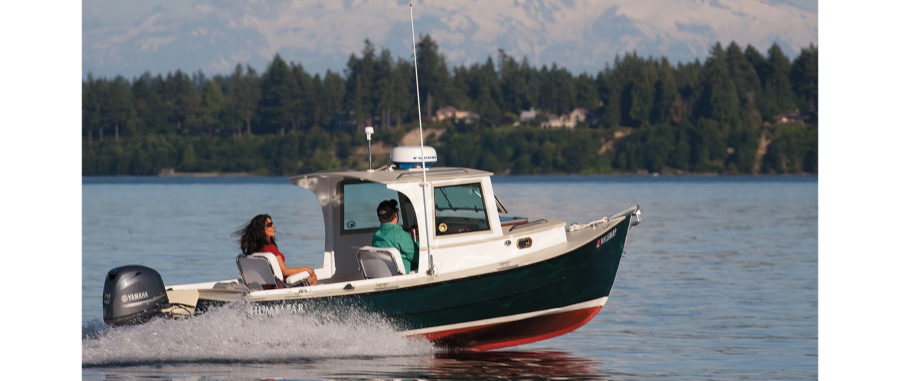
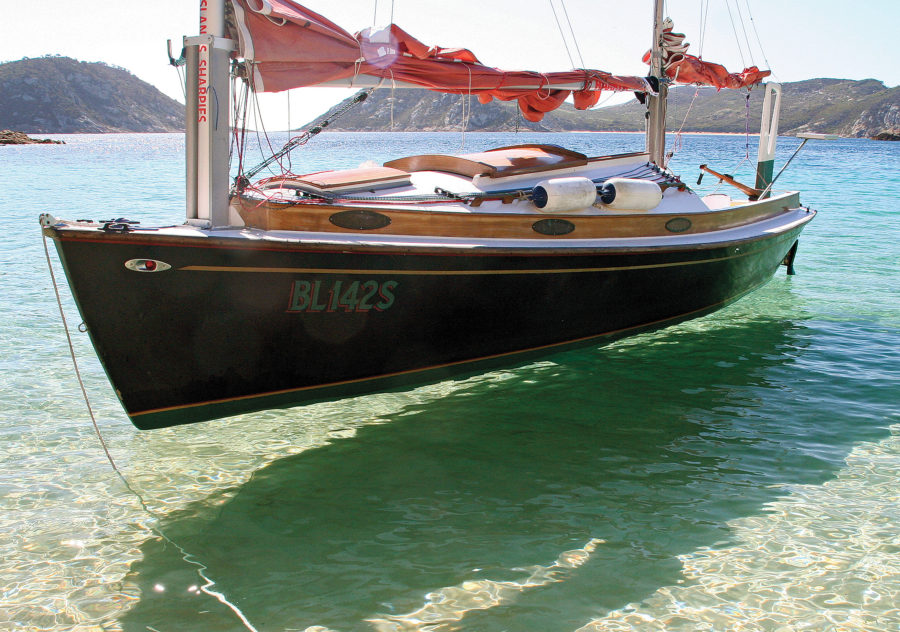
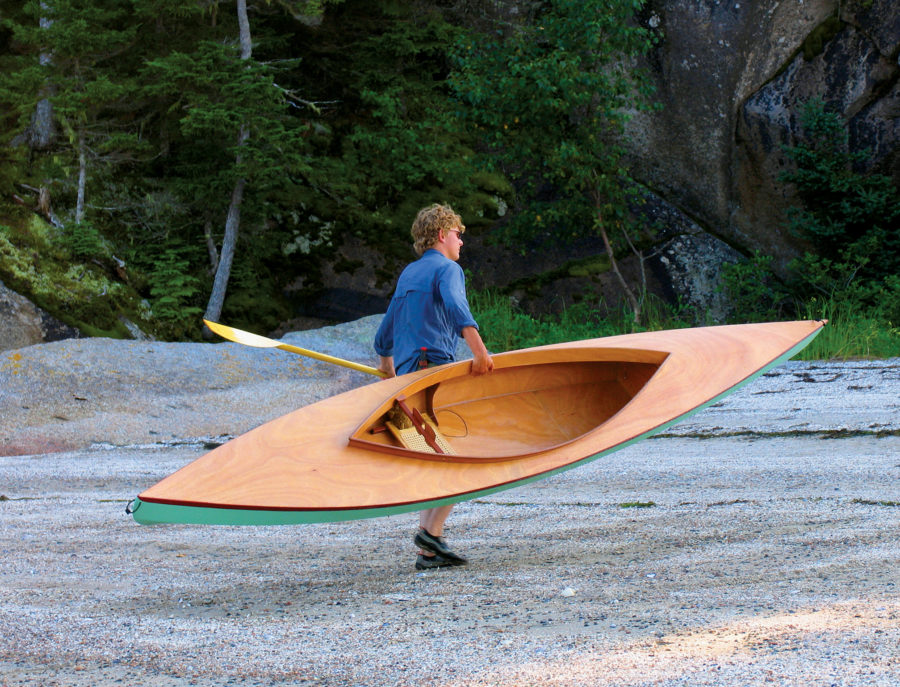
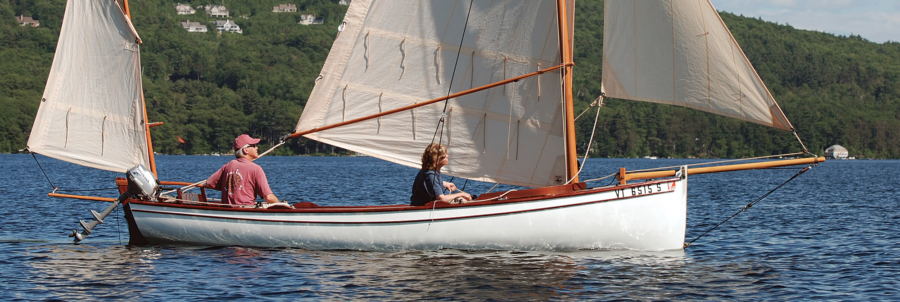
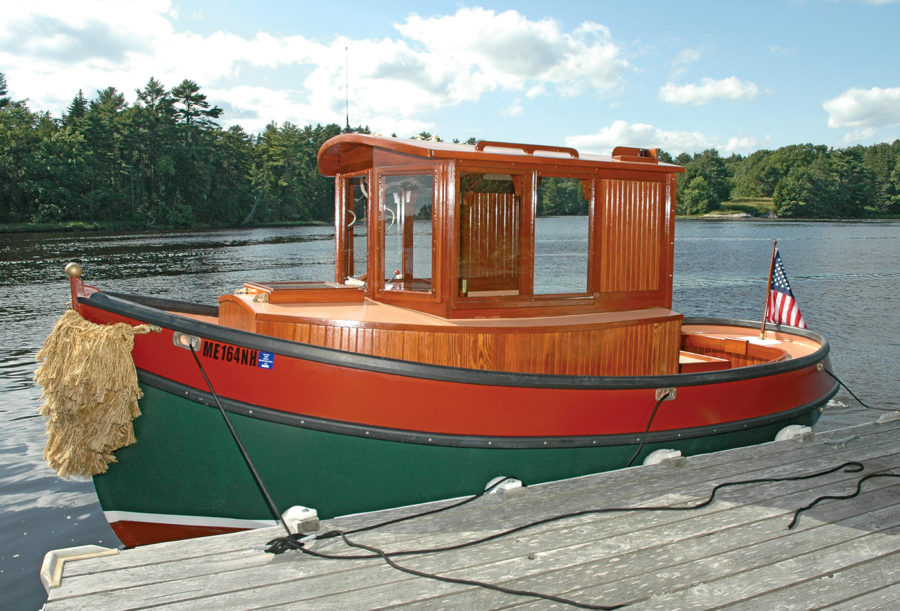
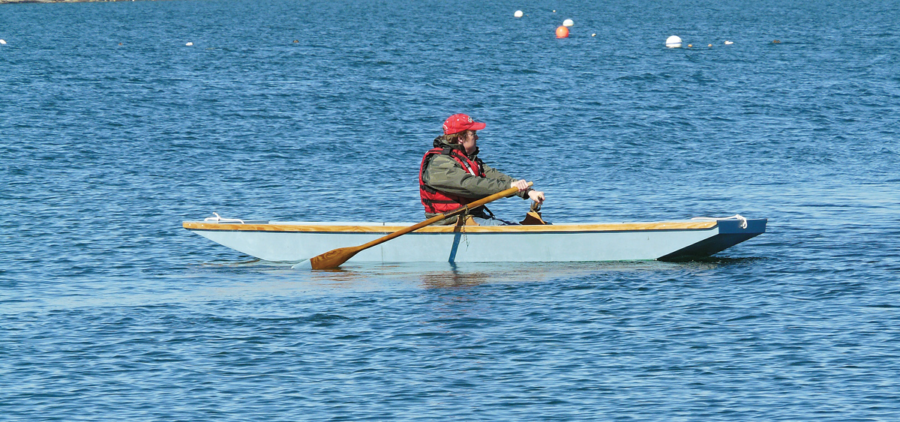
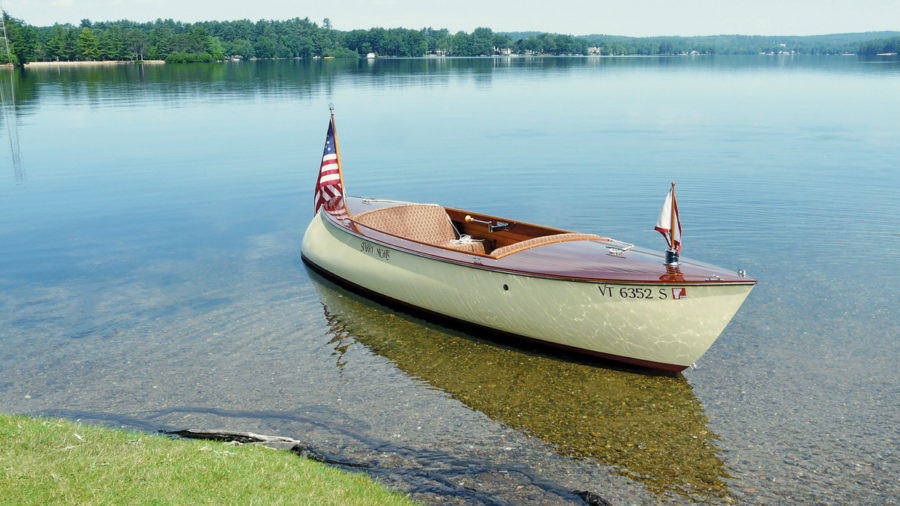
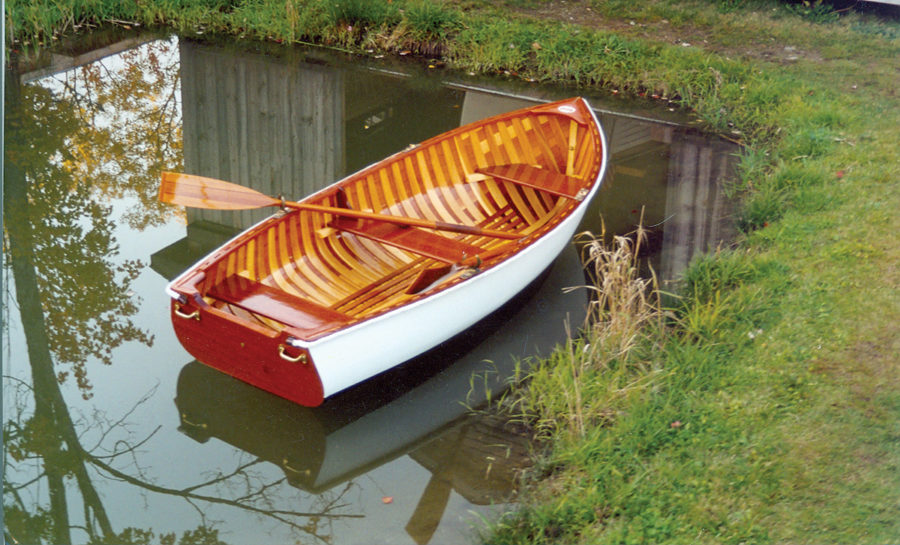
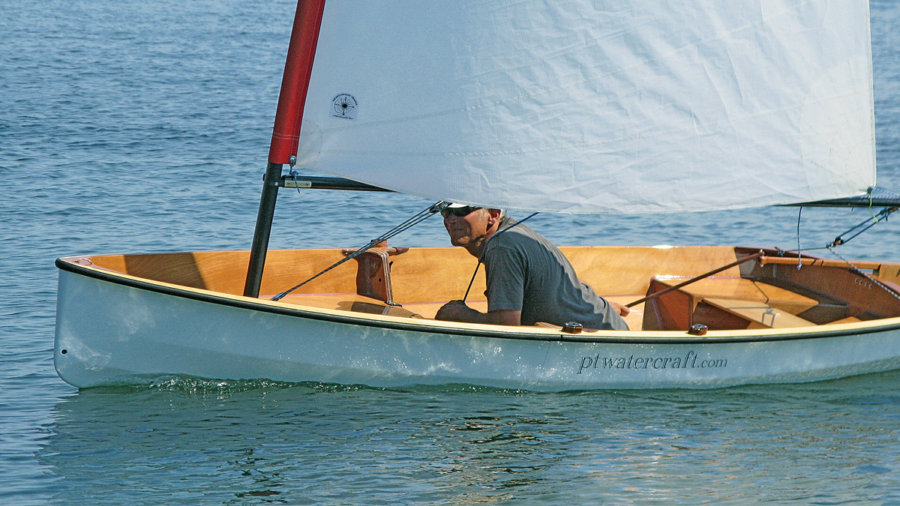
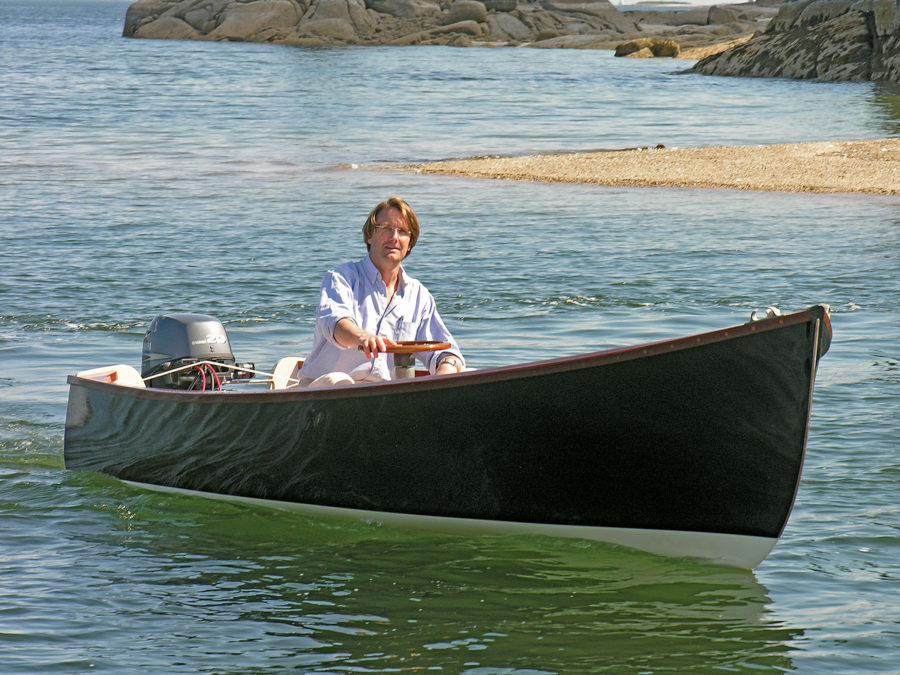
My experience with the fiberglass Rhodes 18 centerboard boat is its manufacturer didn’t redesign the floatation from the keel version. When capsized it is stable upside down, and when one tries to right it with pressure on the centerboard, the bow dives down because there is no flotation in the bow.
Herman,
This flotation issue is well recognized. To offset the factory/design issue, for many years, the Class has required additional flotation in the bow of all boats. Here is an excerpt from the Rhodes 18 Class Rules & Specifications:
(1) c) Flotation – The airtight integrity of the seat tanks in the fiberglass boats must be maintained. In all boats, two cubic feet of positive flotation must be placed as far forward under the bow as possible.